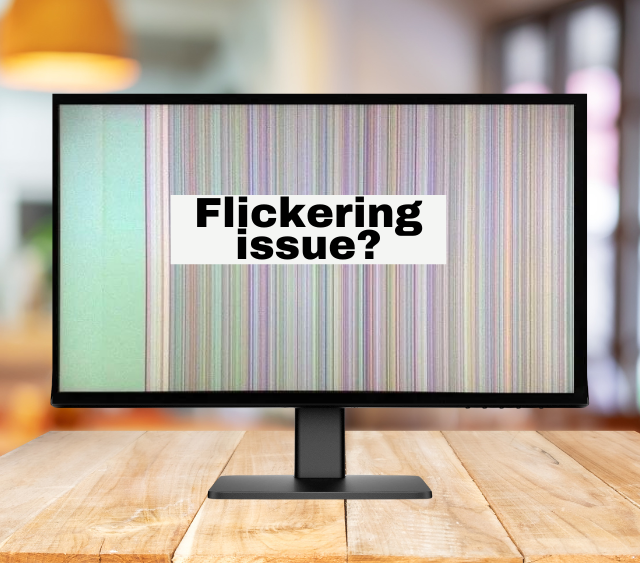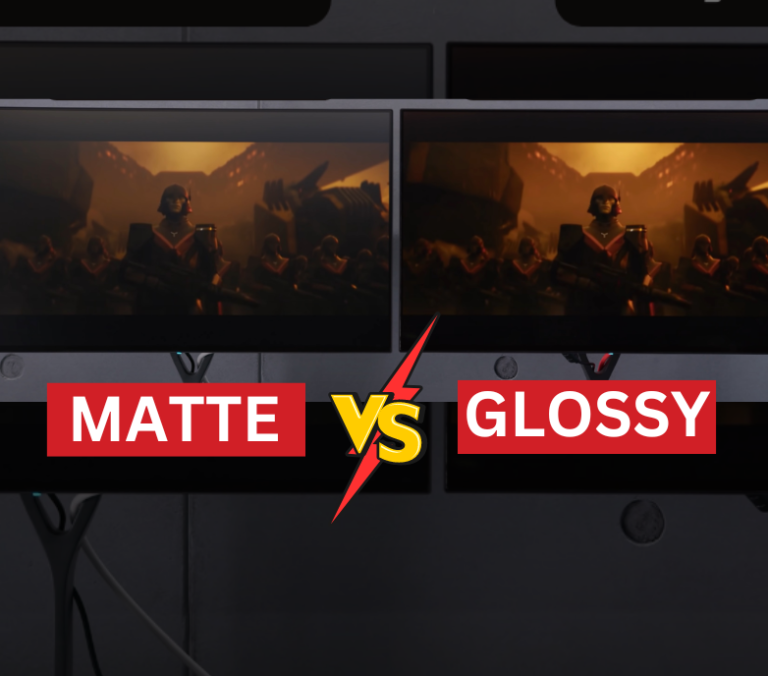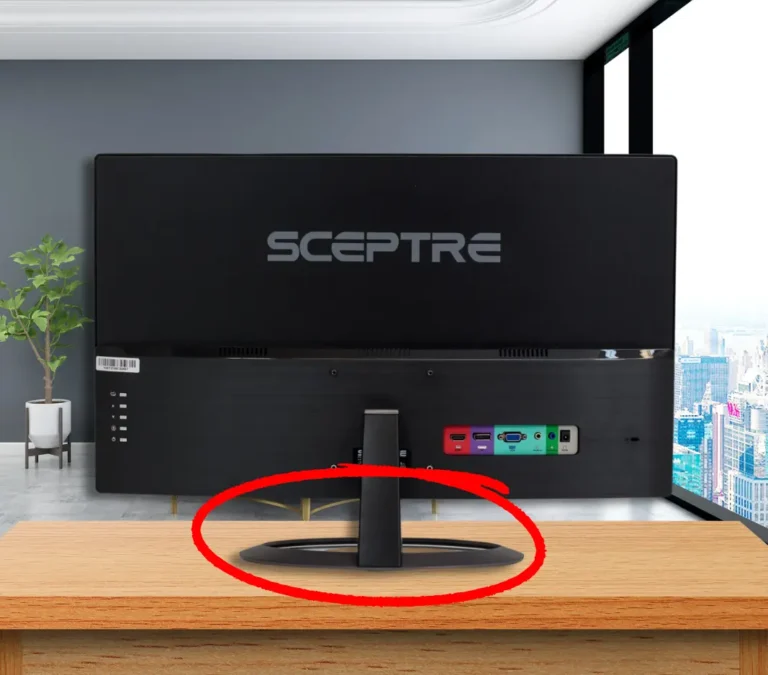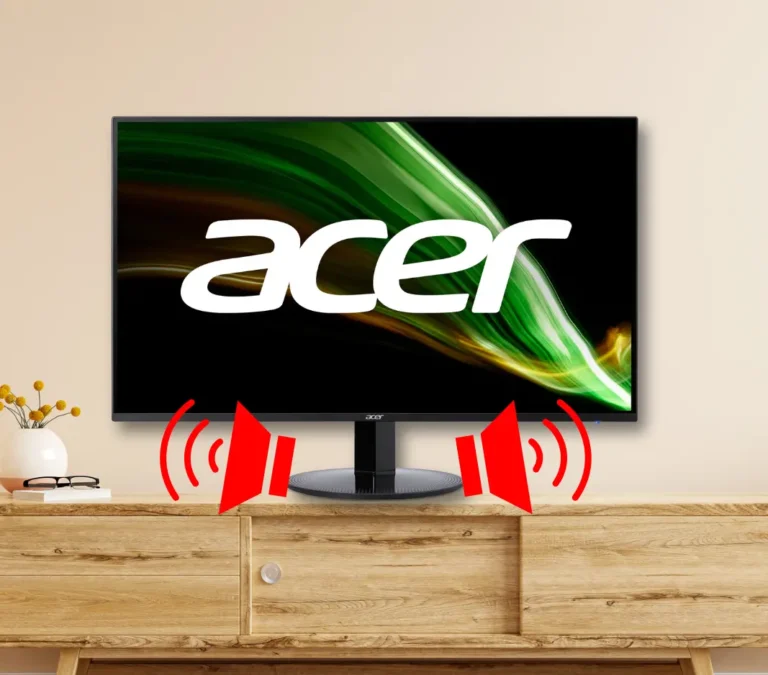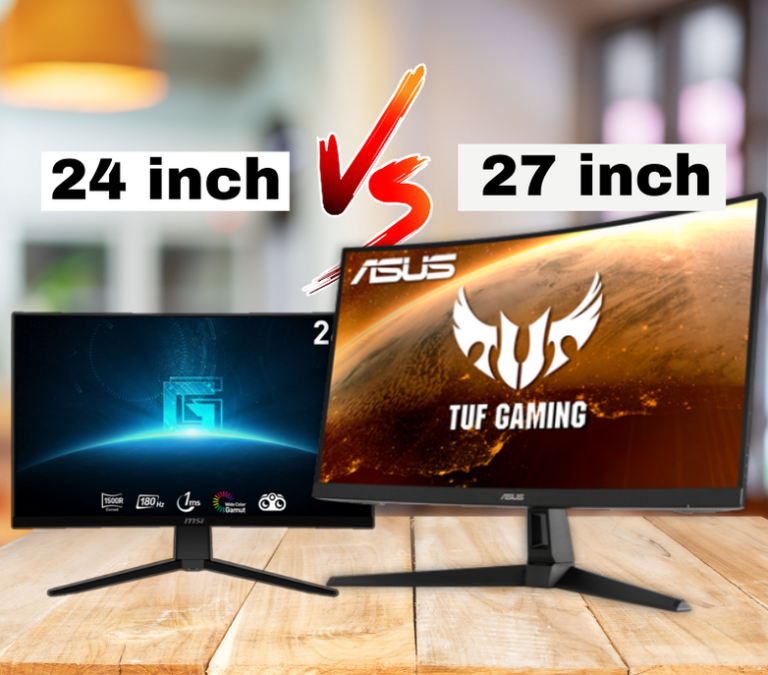When it comes to gaming, choosing the best display makes or breaks your gaming experience. A gamer’s battlefield is not just limited to virtual landscapes as it extends to the screen they choose for their adventures.
Over the past decades, there has been a never-ending tech debate over which gives the best display output – TVs or Monitors? Monitors are way better when it comes to higher refresh rates and pixel density, whereas TVs’ bigger screen sizes and image quality attract many gamers.
Gamers have always wanted that unparalleled visual immersion but while buying find themselves confused between opinions and options about TVs & monitors.
Choosing the right display is more than just sleek, stylish looks. Ultimately the core features for better performance narrow down to Resolution, Refresh Rate, Response Time, Viewing distance, Input lag, and pixel density. These factors influence the Visual Clarity, Smoothness Of Motion, And Responsiveness To User Input.
- Gaming Consoles vs Gaming Computers – Best Gaming Setup
- Television vs Monitors for Gaming
- Resolution Display in Gaming TVs vs Monitors
- The Maths in Pixel Density
- Viewing Distance – How Far You Should Sit From Your Gaming TV or Monitor
- Refresh Rate
- Response Time
- What Panel Type Should Gamers Go For?
- Making the Right Choice
Gaming Consoles vs Gaming Computers – Best Gaming Setup
Video gaming consoles such as Xbox, Playstation, and Nintendo can play games using CDs or by downloading them online. On the other hand, a gaming computer or gaming rig is a computer with all the necessary hardware including monitor, RAM, GPU, and motherboard made just for playing video games.
Understanding How Gaming Console Works
Earlier gaming consoles utilized ROM cartridges and internal memory. Games were operated using a handheld device known as a joystick or controller.
Gaming Consoles typically connect to your television screens (TV), offering users a larger visual experience. This enhances image visibility at a comfortable viewing distance.
However, Modern gaming consoles go beyond gaming, serving as multimedia hubs for apps like Netflix and Hulu. Therefore TV screen sizes are now measured diagonally in inches to surpass those of monitors.
Customization with Gaming Computers
Gaming PCs require certain hardware elements, including the graphics processing unit (GPU), motherboard, random access memory (RAM), and storage with solid-state drive (SSD) and hard disk drive (HDD).
Gaming Enthusiasts usually build custom gaming rigs, providing the flexibility to select compatible components. While pre-assembled options are available, customization is also a common practice.
Television vs Monitors for Gaming
Parameters like resolution, screen size, pixel density, and a few external factors including viewing distance and application are recommended by experts to consider before making any purchases.
Let’s learn more about these interesting gaming features:
Resolution Display in Gaming TVs vs Monitors
Resolution is one of the core features that defines the quality of your video display units. A display unit’s resolution tells us the visual dimensions expressed in “width x height.”
TVs typically come in a Full High Definition (HD) with 1080p or either in a 4K Display with 2160p. The HD display has a 1920×1080 resolution with 2,073,600 pixels, whereas a 4K has a 4096 x 2160 resolution with 8,847,360 pixels.
Monitors also come with HD & 4K resolutions along with it monitors come in a 2K display with 1440p. A 2K display has a 2560 x 1440 resolution with 3,686,400 pixels.
Note: Screen Resolution is not directly related to screen size. This means you can have a 24″ monitor and a 50″ TV with the same resolution which displays the same image in terms of pixel count, only the television will appear larger.
That’s why Larger images will also be blurrier due to pixel density being affected.
The Maths in Pixel Density
Pixel density is defined by the number of pixels present in an inch of space, It is measured as Pixels Per Inch or PPI.
Pixel Density is the ratio between a screen’s size (diagonal in inches) and its resolution.
You can calculate Pixel density using the formula given below:
:
Let’s apply the same example on a 4K monitor vs 4K TV screen sizes and resolution to understand pixel density better:
- A 4K Monitor: 4096 x 2160 @ 24 inches = 193 PPI
- A 4K Television: 4096 x 2160 @ 50 inches = 93 PPI
Note: Greater pixel densities result in clearer images, but viewing distance also plays a huge role in display output.
Viewing Distance – How Far You Should Sit From Your Gaming TV or Monitor
On average a human eye can watch different resolutions with varying pixel densities. However, the ability to see a clearer or blurry image is affected by the distance between the eye and the object.
The smaller the screen size – the more dense the pixels. A gamer should be able to find the difference in how much closer they will be to the display screen.
Here’s an elaborative chart by Carlton Bale that demonstrates the best-suited angles and viewing distances for every type of resolution to get the perfect display.
Here from a 2-2.5 foot viewing distance, the user can get the benefits of 4K resolution. However, for a 4K resolution on a 50-inch television, the viewing distance needs to be 3-5 feet.
Comparatively, a 24″ monitor and a 50″ monitor at a 15-foot viewing distance results in the same perceivable pixel density as 480p, 720p, 1080p, and 2160p, meaning application matters.
Refresh Rate
The refresh rate is measured in Hertz or “Hz.” It is used to quantify how many times something occurs within one second. Like how many times TV & monitors change.
The most common refresh rates are 60 Hz, 120 Hz, 144 Hz, and 240 Hz.
- A 60 Hz monitor refreshes the image 60 times in a second.
- A 120 Hz monitor refreshes the image 120 times in a second.
- A 144 Hz monitor refreshes the image 144 times in a second.
Gamers should go for a faster refresh rate as the display is smoother with an indulging viewing experience.
Some televisions come with interpolated refresh rates. In this type of refresh rate where frames are generated between existing ones to help compensate for motion blur.
Response Time
The screen’s Response time is how much time your screen takes to shift between colors. Response time is measured by how many milliseconds it takes to go from black to white to black. Response time can also be calculated by gray-to-gray (GtG) and black-to-white (BtW).
- Black to White (BtW) response times take more time and are slower.
- Gray-to-Gray (GtG) response times are usually faster and are recommended for gaming.
What Panel Type Should Gamers Go For?
When it comes to display panels, there are three main types: Twisted Nematic (TN), Vertical Aligned (VA), and In-Plane Switching (IPS).
TN panels boast faster refresh rates, making them suitable for action-packed content. However, they fall short in viewing angles and color reproduction.
VA panels shine in contrast ratios, starting at 2000:1 and reaching up to 4500:1. They excel in achieving 85 to 90% DCI-P3 coverage but trade this for lower refresh rates and slower response times.
Making the Right Choice
Before deciding, understand that TVs do come with larger screens, while monitors offer faster refresh rates. The decision depends on personal preferences, room size, and gaming style.
Make choices based on individual preferences. Casual gamers might lean towards a TV for its cinematic feel, while competitive gamers may opt for a high-refresh-rate monitor for responsiveness.
Statistics have revealed that 83% of gamers find real-world testing important in making a decision. Keep in mind to try and compare both the visual nuances and ergonomic comfort.
Ultimately, making the right choice requires a balance between specifications and personal preferences.

